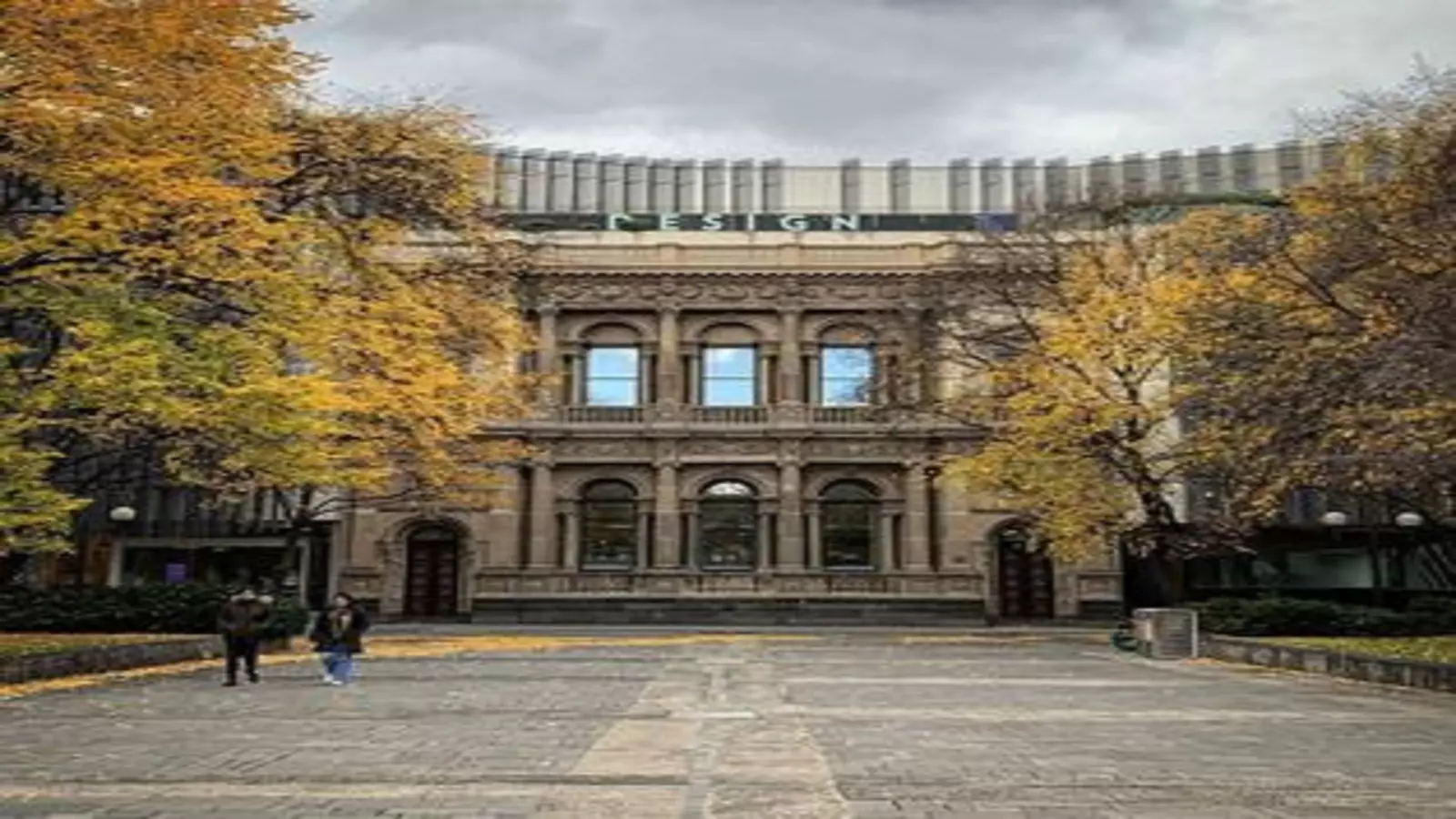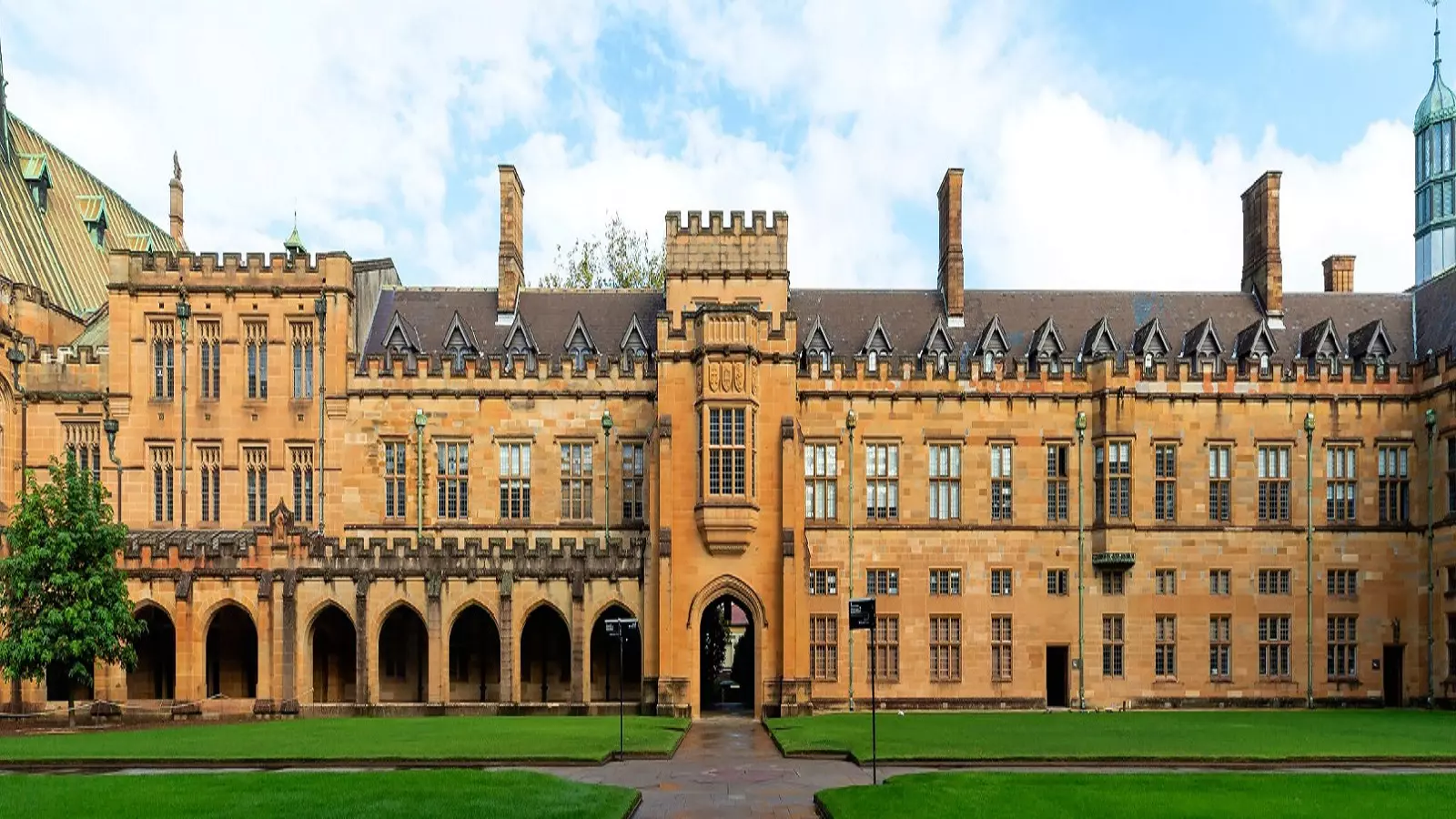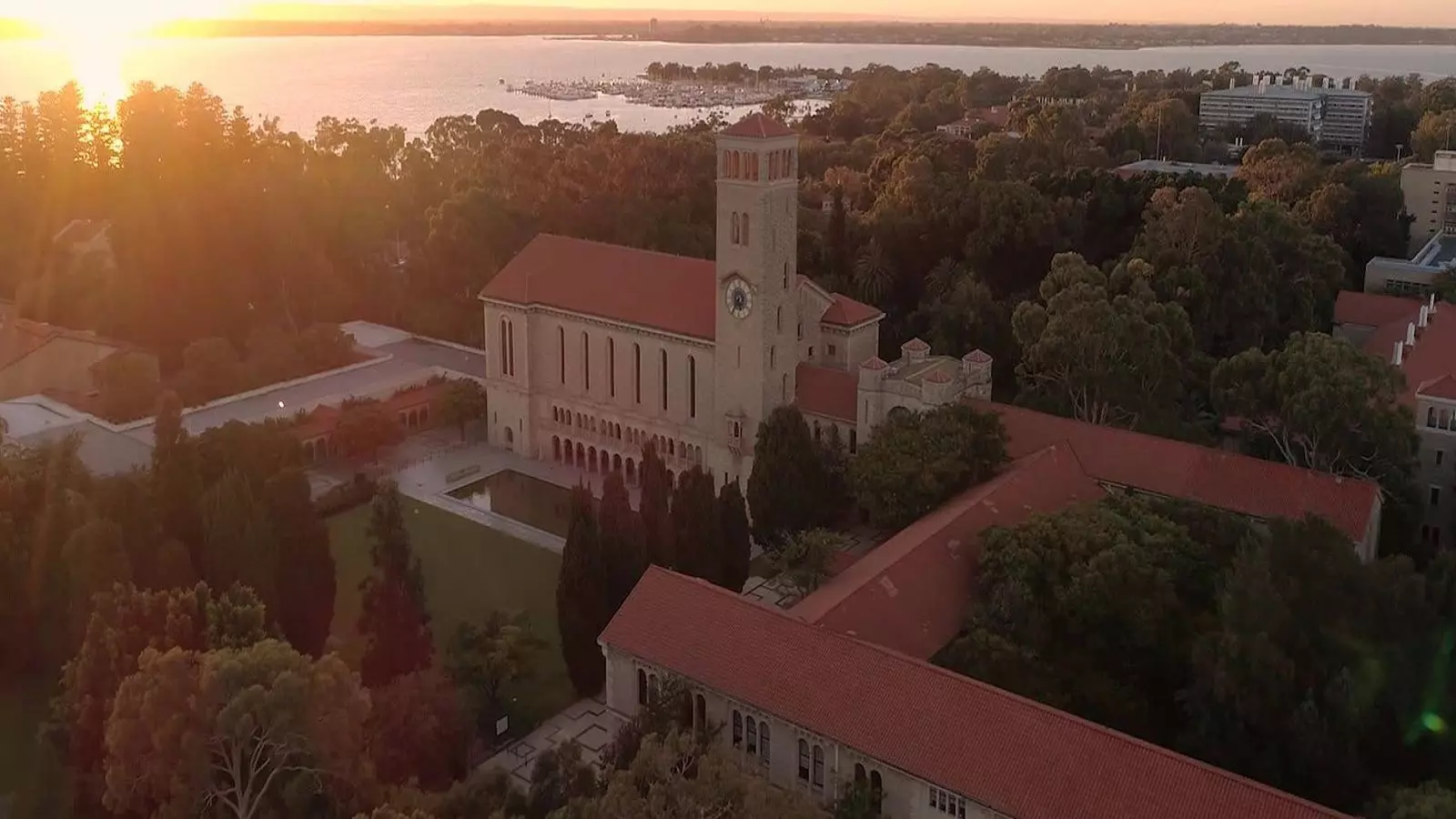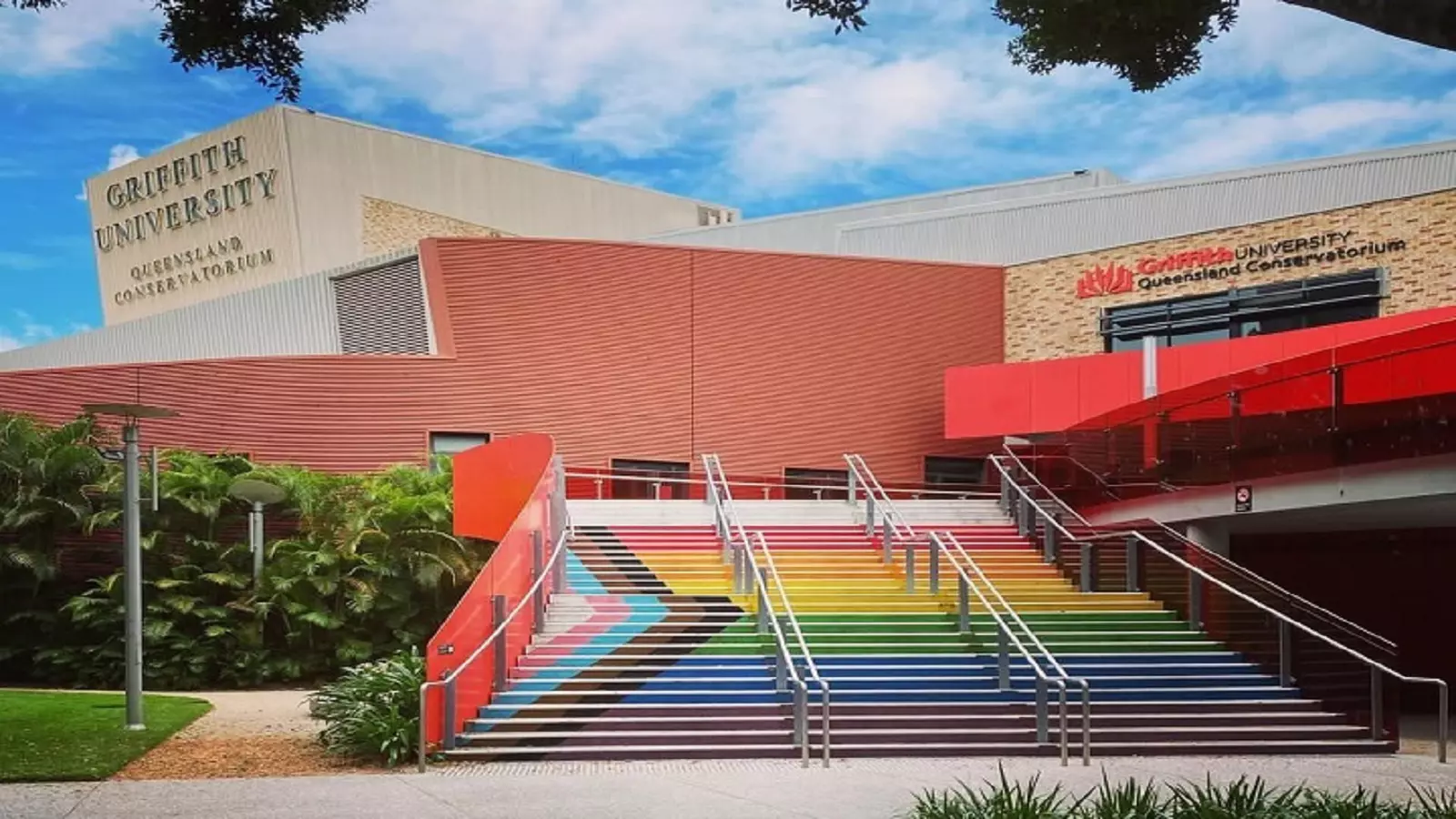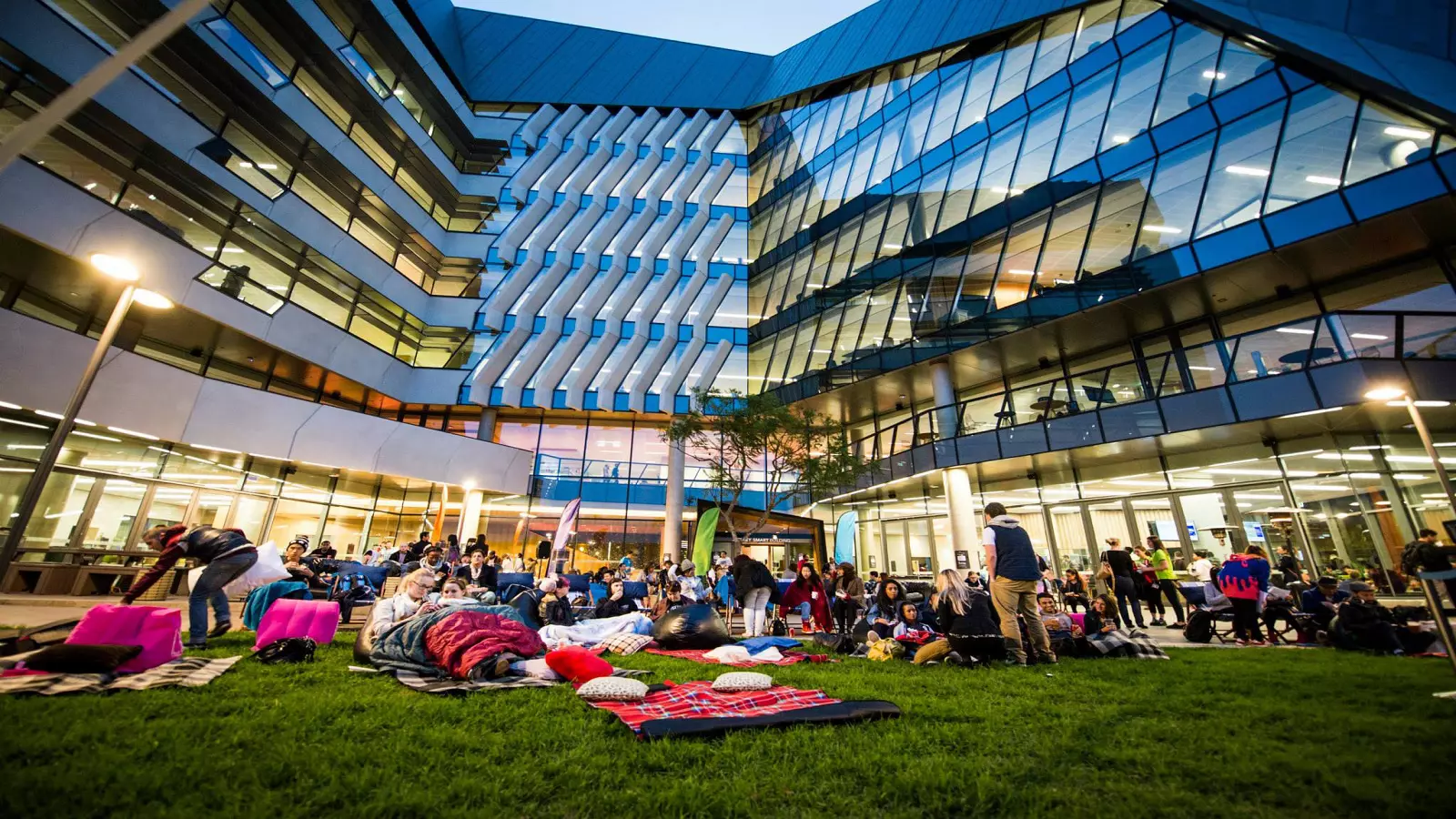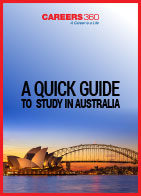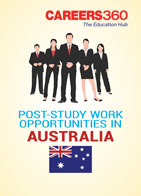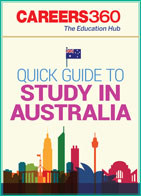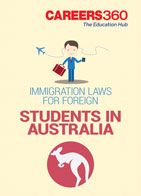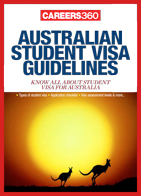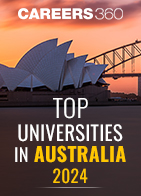Explore Courses in Australia
Popular Universities
Exams
Australia has some of the best universities in the world that are the aspiring choices of many international students. Almost 38 top universities in Australia rank globally as per the QS World Ranking 2024. There are 42 universities in Australia among which 37 are government-funded and the rest 3 are private universities. Each university has more than one campus providing location options for students to study in Australia.
Universities in Australia offer a major variety of courses that align with every student's career goals. The duration of a master's course in Australia is around 1 or 2 years while the PhD courses are for 3 years duration. The best thing to study in Australia for Indian students is that the majority of the universities in this country offer scholarships for international students.
Students who fail to reach the admission requirements for the Australian universities can choose the pathway or foundation courses, which equip the students with the necessary skills required for higher education.
Along with the degree programs, students also prefer the VET, i.e., vocational training courses to study in Australia. The VET courses focus more on practical training and provide job-oriented learning to the students. The duration of these VET courses can range from 1 to 4 years.
Australia is home to 7 best student cities including Melbourne, Sydney, and Brisbane, among others. All the student-friendly cities in Australia offer varying urban and rural lifestyles. The stunning beaches, countless outdoor activities, diverse culture, forests greenery, employment opportunities, etc., attract all the students to study in Australia.
Apart from the top-notch education facilities in Australia, there are other reasons why students must choose this country for their higher education. All the top 7 benefits of studying in Australia are mentioned below.
- Existence of globally ranked universities - The best 9 universities in Australia ranked in the top 100 positions of the world university rankings published by QS 2024.
- More part-time working hours - Students can work for up to 24 hours a week during the study period and unlimited hours during the study holidays.
- Multicultural environment - Living in a multicultural environment of the Australian student cities brings a feeling of mutual respect and opens up diverse cultural perspectives among students.
- Safest Cities - Australia ranks 22nd place as the safest and most peaceful country in the world as per GPI.
- Work opportunities - Post study work visa opportunity is up to 2 or 4 years. Whereas in other countries it is just 1 to 3 years only.
- Highly paid salaries - On average, a master's graduate can earn from USD 70,000 to 100,000 per year.
Fees & Living Expenses
Cost of Study
Cost of Living
Admission Guidelines
- Scholarship
- Student Visa
- Application Details
- LOR
- SOP
Australia offers plenty of fully funded and partially funded scholarships for international students. Even Indian students can pursue education at the top 4 universities at very minimal costs by claiming 100% scholarships.
While considering the application process, some of the scholarships in Australia for international students need to be applied online involving application forms, LOR, SOPs, etc. On the other side, students can get directly shortlisted for Australian scholarships based on the university application only.
As the education and cost of living in Australia are on the higher side of the coin, applying for these scholarships builds in the financial support of the students. Many scholarships in Australia open the application 1 year ahead of the start of the academic year.
Australian scholarships for international students are given based on the student's merit or financial need. So students with good academic grades, achievements, talents or extracurricular activities are given more preference. All these things mentioned above can be considered while applying for scholarships to study in Australia for Indian students.
Australia scholarships for international students - UG Level
- Pharmacy International Undergraduate Merit Scholarship by Monash University
- Monash University International Merit Scholarship
- Welcome to Queensland Scholarship by Griffith College
- International Student Accommodation Scholarships by Federation University
Australia scholarships - PG Level
- Australia Awards scholarship
- Vice-Chancellor’s International High Achievers Scholarships (VCIHAS) by Charles Darwin University
- Western Sydney International Scholarships
- Sir James McNeill Postgraduate Research Scholarship
- Faculty of Science and Engineering Women in STEM Scholarship
- ICHM Scholarships Entry
- Student Grants by the University of Melbourne
- Business Merit Scholarship by Torrens University

International students need to apply for a student visa in Australia to study in this country. The Subclass500 Australia study visa for international students enables them to stay and study for up to 5 years depending on the course length. Students can apply for a visa after securing admission to an Australian university.
Australia student visa requirements
The following are the document requirements to be submitted while applying for an Australian student visa.
- Valid passport
- Australian university admission letter
- English language proficiency test scores such as the IELTS, PTE or TOEFL.
- Academic certificates
- Proof of funds to cover study and living expenses in Australia.
- Health insurane during the study period in Australia.
- Intent to return to home country after studying in Australia.
- Health examinations like TB, HIV etc.
Popular Places To Study In Australia
- Victoria
- Queensland
- New South Wales
- South Australia
- Western Australia
Related E-books & Sample Papers
Students with Australian student visas can work while studying in Australia. Through the sublass500 visa, students can work for 48 hours every 2 weeks during the study period. Whereas they can work for unlimited hours during holidays or vacation periods. On average the students can earn AUD 23 per hour by working for these part-time jobs in Australia.
There are a lot of high-paying jobs in the domains of hospitality, construction support, sales, etc. As the cost of living is quite high in Australia, students can manage their finances by working part-time work in Australia. Students can even participate in Internships to improve their skills in the field of their study
International students have the opportunity to work after studying in Australia. With the help of a post-study work stream, students can stay and work in Australia for 2 to 4 years. To be eligible for this visa, students have studied a CRICOS-registered course. The best thing about a graduate work visa is that students can bring their immediate family members to stay with them in Australia. The other Graduate work stream visa can be selected by students who have graduated from the courses that are relevant to the specific occupations listed on the skilled occupation list of Australia. Under this visa, students will be able to stay and work for 18 months in Australia.

Explore Articles
FAQ's
We know you have a lot of questions in your mind, so have answered common questions students as you raise about study and living in the Australia.
For both undergraduate and graduate students, Edith Cowan University offered the highest standard of education. Additionally, Edith Cowan University is one of the best universities in Australia; it is ranked first in Western Australia for undergraduates in all six survey categories.
For both undergraduate and graduate students, Edith Cowan University offered the highest standard of education. Additionally, Edith Cowan University is one of the best universities in Australia; it is ranked first in Western Australia for undergraduates in all six survey categories.












